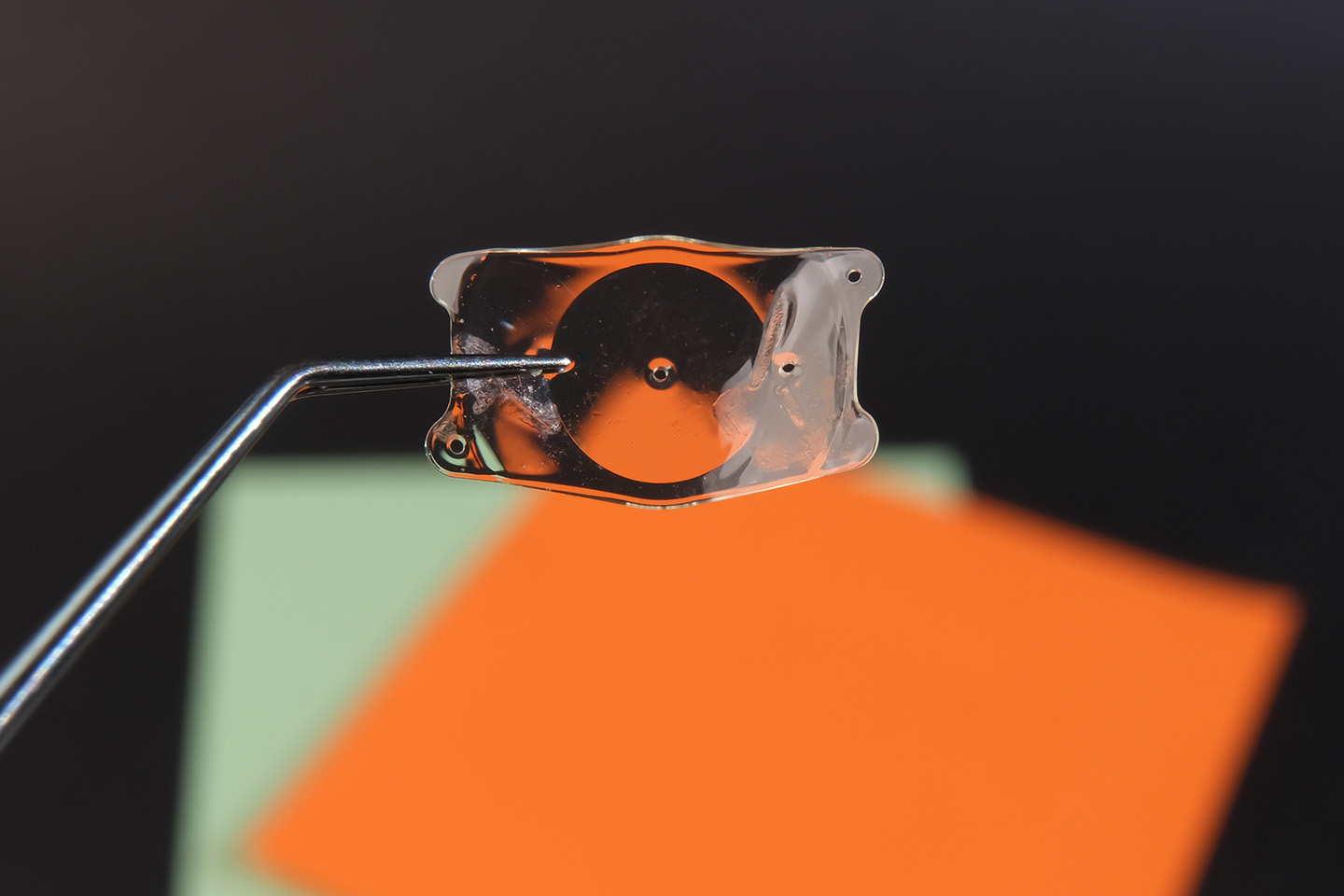Are You an Athlete? LASIK Could Be the Game-Changer You Need.

When it comes to sports, glasses and contact lenses can be cumbersome. LASIK offers a performance-boosting edge that glasses and contacts can’t offer.
A hockey player tracks a puck — and loses it in his peripheral vision. A tennis player squints to find the ball across the court, her vision momentarily blurred. For most people, the inconvenience of glasses or contacts might not seem like a big deal, but for athletes at any level, the scenarios above will be all too familiar.
Luckily, LASIK presents a simple and affordable solution. Athletes who want to stay competitive should consider the procedure to improve their performance and prevent common issues with corrective lenses.
The Problem with Traditional Vision Correction for Athletes
Glasses are a huge hassle for athletes. For professional players, they compromise peripheral vision, which can be crucial in a game. No athlete wants to take the time to wipe down her glasses, but the frames can become uncomfortable as you sweat, and the lenses quickly cloud over with condensation in bad weather. And if they break during a game, the glass can easily injure the eye or face. If you play contact sports often, you likely wear sports glasses, but they’re still inconvenient.
On the other hand, contact lenses can irritate your cornea, shift in your eye, or pop out entirely during a game. It’s common for lenses to blur your vision, especially after a long day of wear. And athletes are more likely to get dirt or sweat in their eyes, which can cause infections if trapped under the contact.
If you’re a swimmer, in particular, you know all too well that you cannot use glasses. Prescription goggles are expensive, and contacts are known to be unsafe in the water, as the sponge-like material absorbs any bacteria that happen to be in the pool.
What to Expect After LASIK
Athletes should recognize that LASIK ideally adjusts a patient’s vision to 20/20 — it can’t provide “supervision.” Still, there’s a reason that an impressive number of stars and Olympians have chosen LASIK and gone on to win career-defining championships and medals.
Players of every level are often surprised by details of the sport they are able to see post-procedure. While glasses can smudge and contacts blur, a post-LASIK cornea allows for brilliant focus and instantaneous response times, without the hassle of corrective tools.
There are sometimes temporary side effects after the procedure, but issues like dryness can be treated with eye drops. On the whole, what the athlete is most likely to notice is the newfound convenience and enhanced performance. Your coach, teammates, and pick-up game friends will notice, too.
What Athletes Should Consider about LASIK
Despite the distinct advantages of LASIK for athletes, there are also considerations that the general public may not have. LASIK involves folding back a section of the outer cornea and repositioning this flap of tissue at the end of the surgery. Because the flap has to heal, and is, therefore, more vulnerable following the procedure, many athletes are urged to avoid their sports for a limited time—which in some cases can mean several weeks.
Runners will need only a day or two before they can resume their routine, but contact sports require special consideration. Even sports requiring rapid eye movement can put a strain on the tissues. In certain cases, people who play contact sports can opt to use protective eyewear in the month following LASIK if they are unable to miss training time.
Patients should also be aware that in rare cases, a direct blow can actually dislodge the corneal flap, even years later. High-contact athletes who are likely to sustain direct hits to or near the eyes, like basketball players or wrestlers, may want to ask about LASIK alternatives like photorefractive keratectomy, or PRK, which reshapes the existing surface of the cornea. While the initial healing time takes longer, with three or four days before the corrected vision kicks in, the results are soon equal to LASIK.
It’s true that professional athletes may find it difficult to take extended recovery time.
But it’s essential to avoid injury and irritation if you want to fully take advantage of the benefits of your surgery. And all patients should avoid submerging their head in water for two weeks after the surgery, so swimmers should be aware of this limitation.
Get in Touch
If you’re ready to see game-changing results, call Swagel Wootton Eye Institute to schedule a FREE LASIK consultation at our Mesa or Chandler locations. Our experts work with athletes of all levels and will make the best recommendation for your individual lifestyle needs.
[DISPLAY_ULTIMATE_SOCIAL_ICONS]








